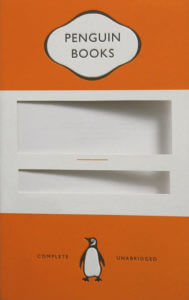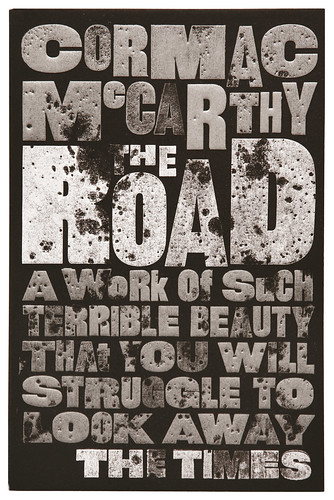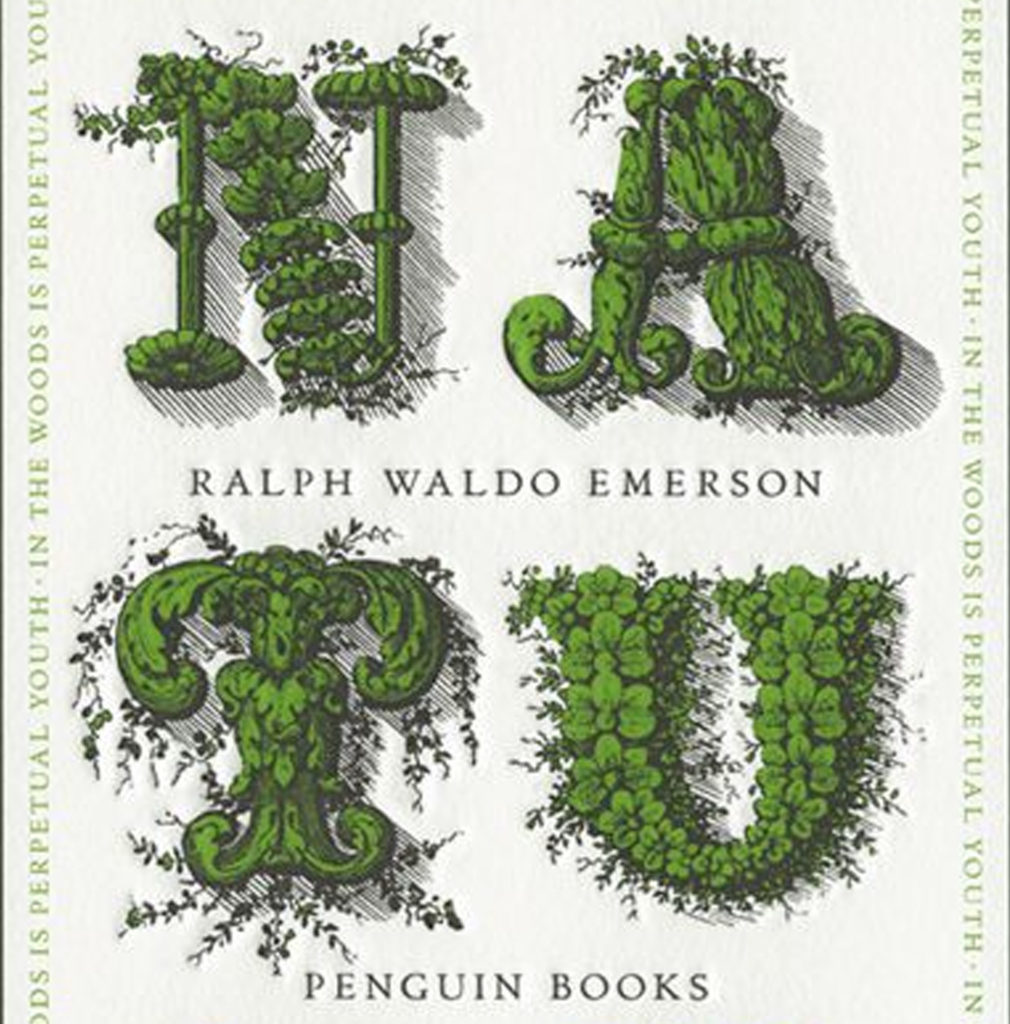
Experience in the industry

We were fortunate to have David Pearson returning to the Department as a guest speaker this year. He exhibited a wide range of exciting book covers, which helped provide further idea development for the students, and provided a lot of tips for successful book cover design. He emphasised how book covers and typography can be played with, such as his cut-out penguin title experiments. He demonstrated that not all experiments succeed, but that they can often lead to different and more successful ideas. By doing this, David showed how we can create different moods and suggest the content of the book. This can be through simple line breaks, or playfully exploring tension and movement. For example, tension can be created from a very decorative florid cover, and then have very blunt and stark element, being placed alongside. He emphasised how design always needs to change to keep readers reading. By experimenting with different concepts and materials (often in the analogue world first) it can create interesting effects, keeping readers wanting to read.
He also stressed important principles like rhythm, volume, and matching tone of the covers with the book cover, and how the idea of breaking design rules often makes more successful design. For example, if you make the typeface smaller, I force’s the reader to pull the book closer, making it more quiet and intimate. He also note that he feels it is important for the design to be suggestive rather than descriptive, not completely giving the content away.
How this helps our students
This was particularly useful for first years, who are designing book covers as their initial project, as well as for some second years, who create book covers in design practice. The talk also attracted a large number of our MA students, keen to learn from David’s experience. He encouraged us to research competitors and follow design trends as well as understand the design history, so that readers can recognise the book’s genre, as well as visually representing the content. This also emphasised the importance of working with a variety of people, as it introduces different insights and work feedback, which an individual designer may not see. Collaboration is a vital professionall skill, as a designer will always be working with others people.
David’s talk showed students the potential of design, and how they can really experiment with interesting and unique concepts, while also emphasising important characteristics to develop for professional life.

Find David Pearson’s website here: http://typeasimage.com/
or his instagram via: instagram.com/typeasimage/

